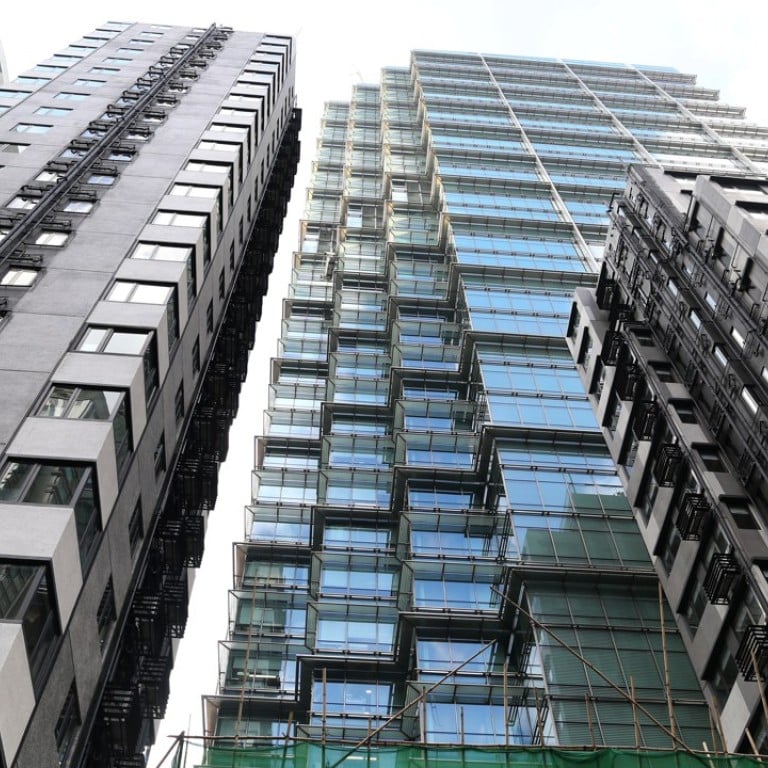
Singapore outclasses Hong Kong when it comes to average home size
Singapore’s private sector tends to build ‘small’ homes that are on average three times larger than standards stipulated by Hong Kong’s Urban Renewal Authority
Singapore, which is smaller than Hong Kong in land area, is seemingly more generous when it comes to average standards for living space.
The city state puts Hong Kong to shame with average home sizes in the private market that are three times larger, or 915 sq ft, compared with the 300 sq ft stipulated by Hong Kong’s Urban Renewal Authority.
Yet, Hong Kong’s tiniest flats start at 123 sq ft – less than the size of a parking space – prompting some to call on Chief Executive Carrie Lam Cheng Yuet-ngor to stop the practice.
“Hong Kong needs a restriction on the minimum size of flats,” said Lau Chun-kong, the head of valuation advisory services in Asia and Greater China at JLL.
Singapore issued on Wednesday stricter guidelines raising the average size of private flats to 85 sq metres from 70 sq metres.
In Hong Kong, many developers in recent years have started building tiny flats, often less than 200 sq ft, as home prices rose.
“Such small spaces do not match the government’s intention to create a liveable city of high density. It also raises the question whether we have made good use of our land resources,” Lau said.
He said the government should review the provisions on what constituted reasonable living space. “The minimum flat size should not be less than 25 sq metres or 269 sq ft,” he said.
Developers in Hong Kong, the world’s most expensive property market, are building smaller flats as home prices rose to an average HK$13,561 a square foot, compared to a median monthly income of HK$16,800.
Singapore’s home prices are about S$1,700 (HK$9,685) per square foot, against a monthly income of S$4,050. Hong Kong’s population has risen to 7.45 million, significantly larger than Singapore’s 5.82 million residents, according to October data compiled by Worldometers based on United Nations estimates.
To limit “shoebox” flats, the URA, a semi-government entity which works with private developers to regenerate old buildings, last month said it would disallow such flats in its projects.
The minimum flat size in future projects will be 300 sq ft, or 40 sq ft more under current guidelines.
Lee Wing -tat, the chairman of concern group Land Watch, said the minimum restrictions would have a limited impact because the URA supplied only a few thousand flats a year.
“It will not make a big a difference if the government does not regulate private developers which produce close to 20,000 flats a year,” he said.
On average, Hong Kong’s property stock provided about 50 sq ft of living space per person, less than the 75 sq ft allocated to prison inmates, Lee said.
“It is unacceptable,” he said. “Developers are rushing to build tiny flats as they can achieve a higher price on per square foot basis.”
Yesterday, a 162 sq ft flat at the Esplanade in Tuen Mun was offered for HK$2.88 million, or HK$17,832 per square foot.
Of the 23,200 flats expected to be completed between May and December, about 1,120 will be less than 200 sq ft, according to JLL.

